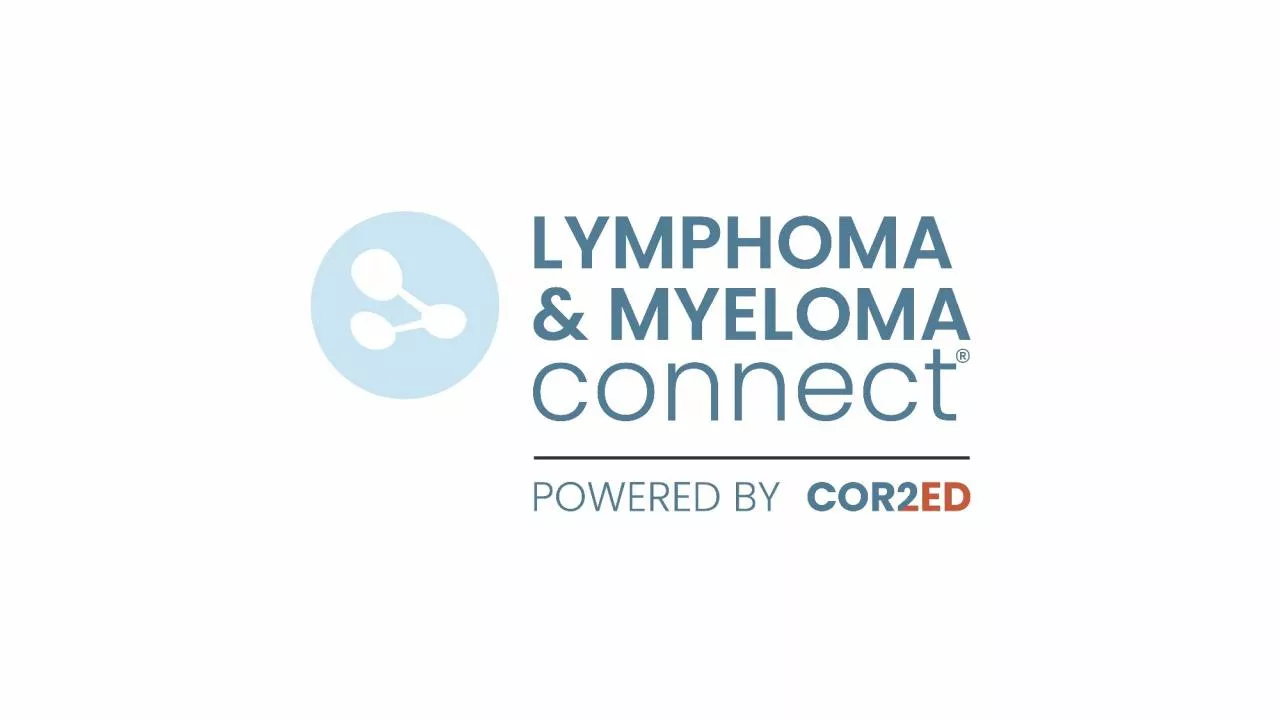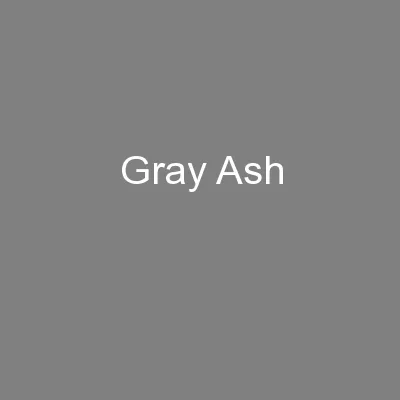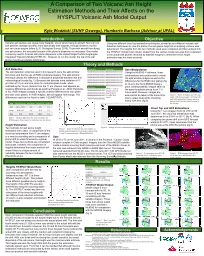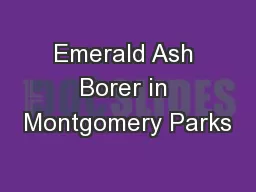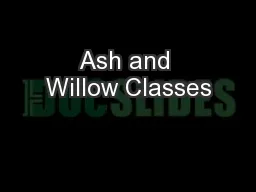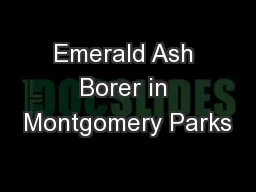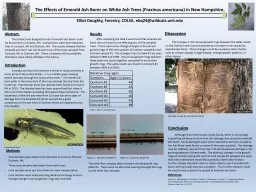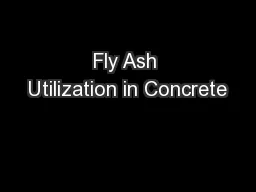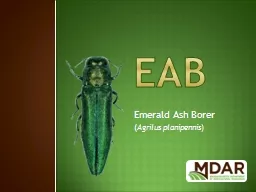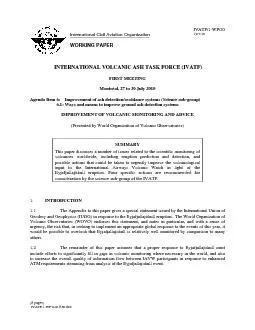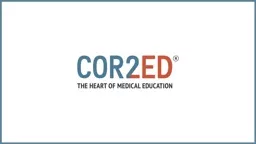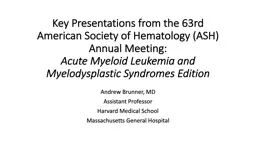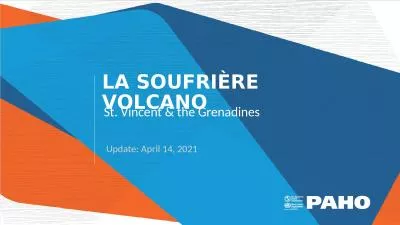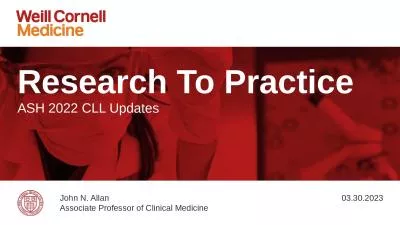PPT-meeting summary ASH ANNUAL MEETING 2021
Author : sophia2 | Published Date : 2024-01-29
Dr Matthew J Matasar MD Memorial Sloan Kettering Cancer Center New York NY USA highlights from LYMPHOMA amp MYELOMA CONNECT 2021 December 2021 2 This LYMPHOMA
Presentation Embed Code
Download Presentation
Download Presentation The PPT/PDF document "meeting summary ASH ANNUAL MEETING 2021" is the property of its rightful owner. Permission is granted to download and print the materials on this website for personal, non-commercial use only, and to display it on your personal computer provided you do not modify the materials and that you retain all copyright notices contained in the materials. By downloading content from our website, you accept the terms of this agreement.
meeting summary ASH ANNUAL MEETING 2021: Transcript
Download Rules Of Document
"meeting summary ASH ANNUAL MEETING 2021"The content belongs to its owner. You may download and print it for personal use, without modification, and keep all copyright notices. By downloading, you agree to these terms.
Related Documents

